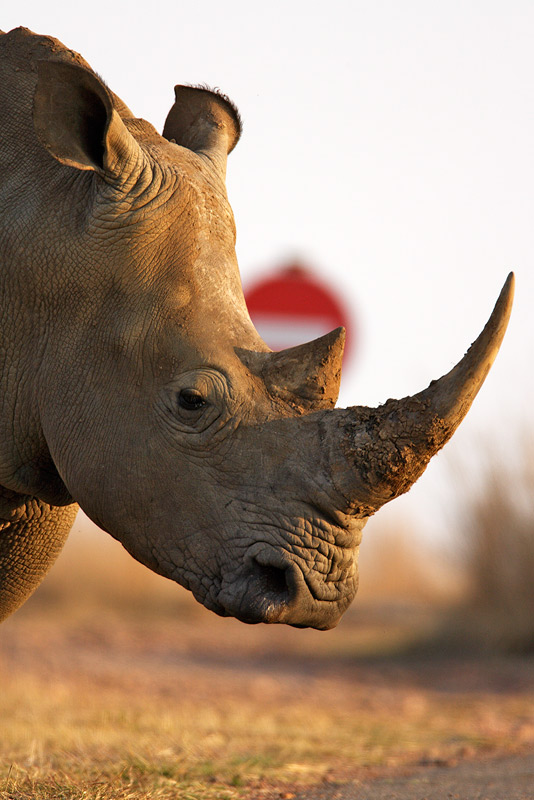Sunset Dam - Kruger National Park
On my latest visit to the Kruger National Park I dedicate my time to avian behavioural photography. Placing more emphasis on behavioural opportunities rather than just producing ordinary images.
But although the emphasis was on bird behaviour, one cannot ignore the abundance of wildlife Kruger has to offer, and as wildlife photographer you need to embrace every opportunity.
One of the most avian productive areas in the Kruger National Park must be Sunset Dam.
African Fish-Eagle
(Haliaeetus vocifer)
Situated near the Lower Sabie rest camp next to the Sabie river this dam is the ideal location for a variety of bird species.
Although the dam was formed due to the road constucted between Skukuza and Lower Sabie, it provides the perfect environment for a host of species dependant on water for their survival.
From kingfisher, hippos, crocodiles, herons, Yellow bill storks to fish eagles permanently inhabit the dam and the surrounding area. A wide range of birds and mammals visit the dam to quench their thirst,
Burchell’s Zebra, Buffalo, Warthog, Kori Bustart, Elephant and Impala to mention a few.
Early mornings provide photographers the opportunity to capitalize on the abundance of birds species looking for their early morning snack.
Giant Kingfisher
(Megaceryle maximus)
The occasional call of the Fish Eagle made these morning excursions just more magically.
African Fish-Eagle
(Haliaeetus vocifer)
Hamerkop's are frequent inhabitants of sunset dam, and these dull brown birds can provide some outstanding behavioural images.
Hamerkop
(Scopus umbretta)
With the breeding season approaching these birds provided enough opportunities to capture images.
The Pied Kingfisher might not be the most colorfull kingfisher, but these little birds can produce some amassing opportunities.
Pied Kingfisher
(Ceryle rudis)
The kingfisher on the bottom perch was sitting with its back towards me and any flight shots would have been disastrous.
I was concentrating on a Fish Eagle some distance away, waiting for the Eagle to swoop down and do some fishing.
Suddenly the second kingfisher arrived, and provides me with spectacular behavioural opportunities.
Hippopotamus
(Hippopotamus amphibius)
Not the most active mammals during the day, but actionable the hippos provide some alternative to the abundant bird live.
Hippos permanently occupy sunset Dam and providing the perfect perch for some birds from where they can conduct their daily fishing.
Grey Heron
(Ardea cinerea)
Grey Heron
(Ardea cinerea)
Yellow-billed Stork
(Mycteria ibis)
A visit to the park is not just about the big cats that rule the African landscape; you need to explore every opportunity you encounter.




















